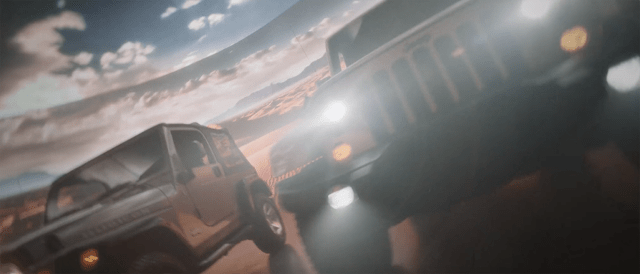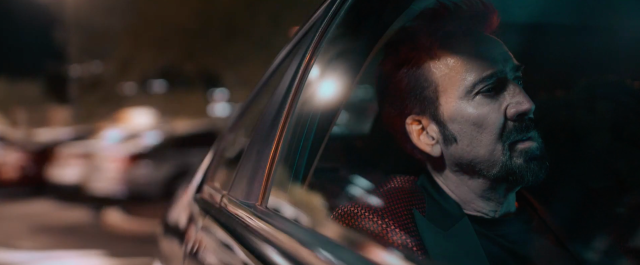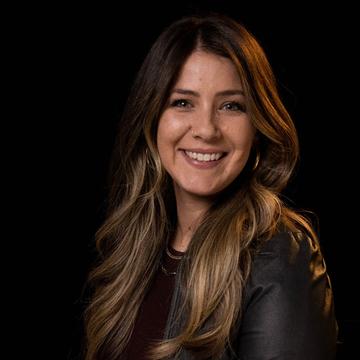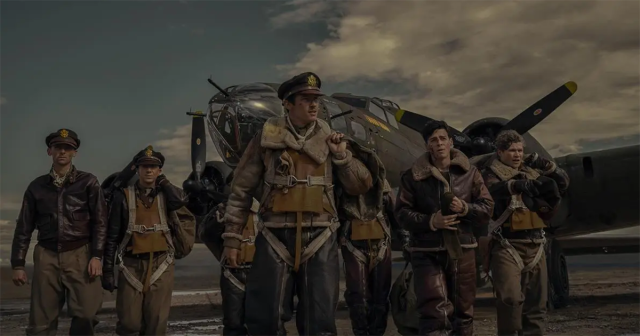
TL;DR
- Five years after the launch of Disney’s “The Mandalorian,” virtual production technologies are offering value to projects of all sizes.
- “A lot of companies, especially smaller production companies, just want virtual production as a tool,” says Megan Hill, VP Studio Operation at VŪ.
- Powered by the company’s proprietary software, VŪ’s top-of-the-line Vū Studios employ Unreal Engine and Mo-Sys tracking systems. The company offers a range of packages including mobile LED stages.
- Hill participated in a panel at this year’s NAB Show, “Creative Lens on Virtual Production: Empowering Storytelling with New Workflows.”
While the use of virtual production using LED walls is no longer as mysterious a process as it was as recently as last year’s NAB Show, nearly five years on from all the press about the use of LED walls on The Mandalorian, there are still plenty of questions out there about how, why and when it makes sense to shoot this way.
Megan Hill, executive producer and vice president of studio operations at VŪ in Nashville, spends a great deal of her time educating clients and prospective clients about exactly who can benefit from shooting against “volumes,” how to make the most of the approach and where potential pitfalls lie.
VŪ, that began as an extension of Tampa-based video agency Diamond View, offers a number of VP-related services at locations throughout the country. While their stages have been used for feature film projects, such as Nicolas Cage action feature Sympathy for the Devil, the bulk of the work created on their stages has been seen in commercials, corporate films and other projects that may not share The Mandalorian’s scope but have proven to be a rich source of revenue.

READ MORE: “Sympathy for the Devil:” Nicolas Cage Makes Everything Better, Even LED Volumes (NAB Amplify)
Their offerings include a variety of different-sized stages with LED display technology and other creative tools to help users create the imagery to put on these screens if they haven’t shot background plates themselves.
“Whether you want to take advantage of the power of our studio network, customize the build of your own studio, or need help with your production operations, you can bring us your most creative, challenging project and we’ll bring it to life together,” she says of VŪ’s existing large stages, smaller custom-built and even mobile LED stages for projects that don’t need or don’t have the resources to shoot in a giant volume.

Hill explains that the company’s services break down into tiers: Vū Studio, which are the high-level studios they have throughout the country; and VŪ One, which consists of their proprietary software, including an interface to simplify production in a volume, a large assortment of pre-made environments with thousands of assets and more being added all the time, and Mobile LED stages that take a relatively small LED stage and their software to users.
“We found that a lot of companies, especially smaller production companies, just want virtual production as a tool,” Hill explains, “something that can elevate what they can offer to their clients but aren’t looking to use a complete studio. So, we offer options in a few sizes.”
Currently, VŪ is in the process of bringing more standardization to their various locations in terms of their software, but all use Unreal Engine and most utilize Mo-Sys tracking systems.
The actual LED screens vary in size and specification with 16 x 9 foot screens to more what we think of for TV and feature film work. Specs of the actual panels vary from pixel pitches between 2.9 and 1.5. More elaborate locations offer motion control robotics, 3D environmental scanning and volumetric capture.
Producers interested in working with VŪ can check out their website and come up with a plan based on any number of factors from where they want to shoot, to budget constraints and technical requirements and figure out what approach makes the most sense for any specific need.
This time last year they had 20 stages and they’re aiming to have something approaching 50 over the next year, including new builds and existing stages that are partnering with VŪ and taking on the company software.
Cost is obviously a factor and not everybody can afford to get into VP. “In Nashville,” Hill notes, “they have a lot of production companies doing music videos or commercials and their budgets just aren’t big enough to support a virtual shoot.
“But we try to find dark days and get the community involved and let them learn and start shooting to practice so that they can go out and bring bigger clients in. That process has been really fruitful. That’s been my goal in Nashville, to educate the city about virtual production and elevate Nashville as a production hub in the process.”
One company that VŪ has built several custom stages for is the medical equipment supplier Arthrex. “They’re one of the coolest things that we’ve built,” she says. “It feels like a Disney ride in there. You go in and feels completely immersive and has XR” — CG content overlaid against a live-action studio environment, rather than one that’s 100% virtual.
“They don’t tout their studio,” Hill says. “It’s all for internal production but all of their videos are amazing. They’re churning about a video a day or more that they’re posting on YouTube.”
VŪ stages can also be found on a number of university campuses, which helps acquaint up-and-coming filmmakers with the technology. Among these are the University of Tampa, the University of South Florida, Santa Fe College, Florida State University, Missouri State, UNLV and University of Toledo in Ohio.
There are still many facets of the process that people really don’t know about, Hill emphasizes. “Much of my day-to-day job is about offering an education in virtual production. I didn’t think that would be so much of my job when I got into this, but there’s still such a need for education at this point.”


